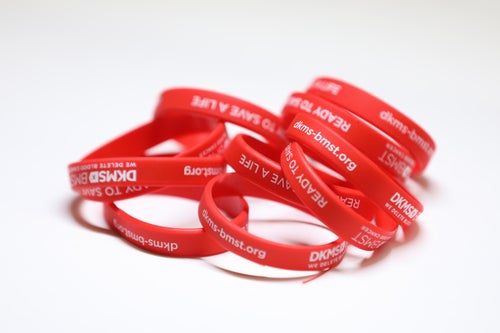Why is stem cell transport important for transplantation?
We all know that finding a matching donor can be lifesaving for a patient in need. Did you know it is equally important for the stem cells of the donor to reach the patient on time as delays in transplant can be life-threatening for a patient.
Have you ever wondered what happens to the stem cells after it has been collected from a donor? Is it stored in a freezer or in a state-of-the-art lab like in a sci-fi movie? In this article, we decode how the stem cells are transported and reach a patient who is waiting for his transplant, whether in India or in some other part of the world.
Once the donor has been cleared for donation, the donor goes through the collection process. After the stem cells are collected, the medical team waiting for the stem cell count from the lab. The stem cells cannot be released for transport unless the stem cell count has been sent from the lab and clearance has been given from the Collection Centre (CC) physician. If the stem cell count is low, a second-day collection is organized; if the required amount of stem cells has been collected, the product is cleared by the CC physician for transport.
The stem cells are stored between 2-8 degrees Celsius after collection. As per WMDA guidelines, the product must be transported between +1-10 degree Celsius and the viability of the stem cells between said temperature is 72 hours; therefore it is of utmost importance to transport the product from the CC to the TC within 72 hours.
The stem cells are transported in a special package called a credo box that is prepped in advance to 4 degrees Celsius. The credo box maintains a temperature of 2-8 degrees Celsius for 100 hours. There are two temperature loggers on this box that records the temperature of the inside of the box every 15 minutes.
The transportation of stem cells is a carefully guided process that takes precision and training by the courier personnel. An interesting fact is that only a human courier can carry the product. The reason for this is that the viability of stem cells is 72hours, which means that once the patient has been conditioned, or their body has been prepped for a transplant, their immunity is very low and they should receive a transplant within 72 hours or the consequences can be life-threatening. Therefore, it is extremely critical for the stem cells to be securely transported and delivered to the Transplant Centre (TC) within this timeframe.
There cannot be any risks which can delay the product, for e.g. being stuck in the cargo or flight delays, etc. Hence, it is best for a human courier to carry it by hand in the cabin of the flight.
Some guidelines to be followed are:
- Only a trained and experienced courier personnel verified by DKMS Foundation India can carry the product for domestic transplants.
- The product cannot travel via cargo, someone always must be with the product
- The product cannot go through an X-ray machine or metal detector
- The product must travel in a container and within the temperature parameters as set by the WMDA
The process differs for domestic and international transplants. If the product (stem cells) is for the International Transplant Centre (TC), the TC make arrangements for the transport of the product, because they are responsible for the transport of the product from the CC to the TC. Courier personnel arrives post collection, verifies the documents, the product and then departs for the TC.
If the product is for a national TC, DKMS Foundation India is responsible for the transport of the product from the CC to the TC. We have employed a courier company that specializes in the transport of human blood products. We closely monitor the transport; ensure the courier personnel is trained and vetted by us, provide hourly updates during transport, ensure all necessary paperwork including complete temperature analysis are submitted.
After the product reaches the TC, the product is brought back up to room temperature and infused into the patient. If the donor has consented to cryopreservation, then the product is cryopreserved and infused at the later date.
As you can imagine, during the COVID crisis, there were a lot of challenges (borders were closed, travel restrictions, quarantine guidelines) but DKMS was determined in its mission to provide lifesaving transplants to patients in need. Therefore, DKMS came up with a unique solution of transporting the products without courier personnel via the pilot in the cockpit. The product was handed over to the pilot by a courier at the airport, who would take the product into the cockpit. This also meant that most of the planes could be utilized, even cargo planes without constraints of flight schedules. There were also processes in place to transport the product via road, for domestic transplants, in case it was necessary.
During the pandemic, DKMS organized about 80 transports worldwide for countries like Chile, Argentina, Turkey, India, Iran from March 2020 until October 2020.
It is no small feat for the person who is carrying the stem cell product. It is a huge responsibility and literally the life of the patient is in the courier personnel’s hand. Below is the experience from one of our medical team members who also doubled up as a human courier for the first DKMS Foundation India transport.






